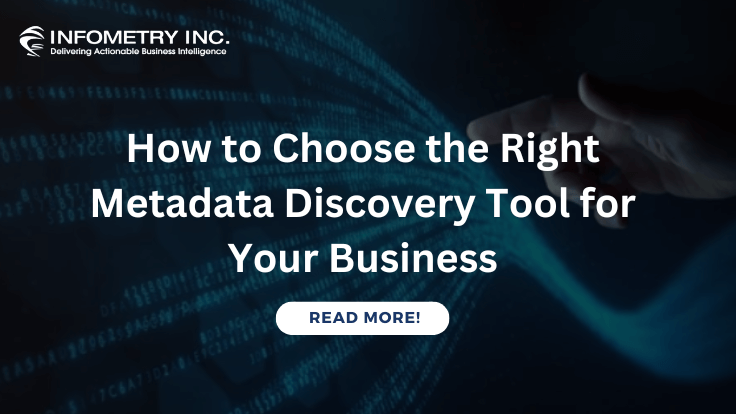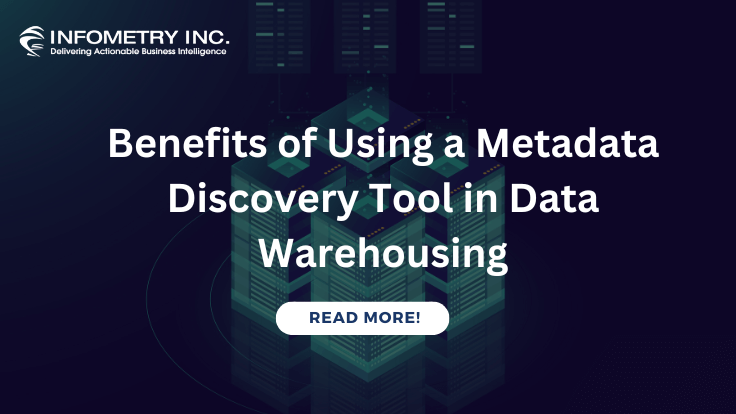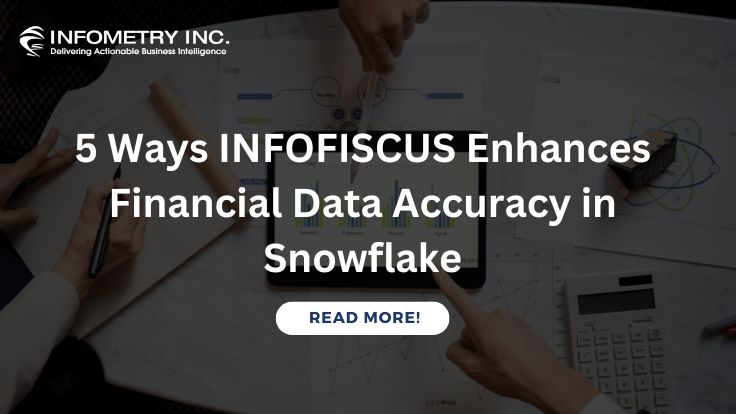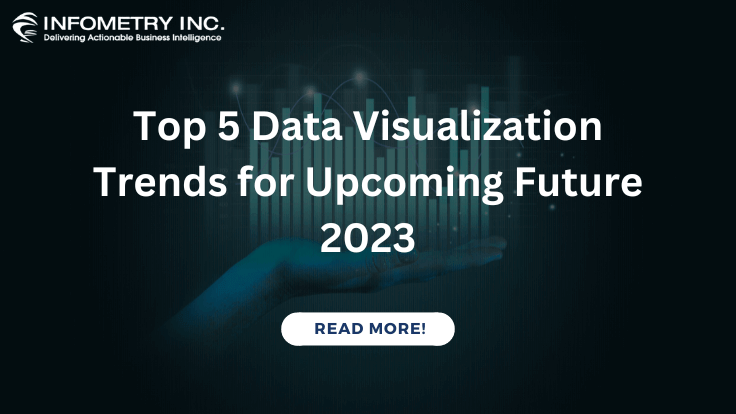
Top 5 Data Visualization Trends for Upcoming Future 2023
March 2, 2023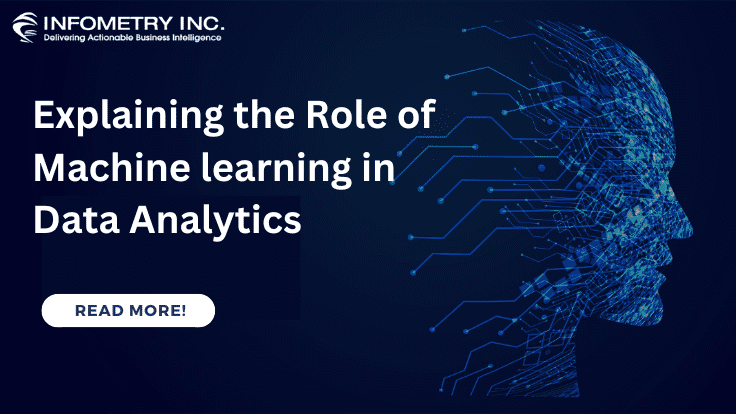
Explaining the Role of Machine learning in Data Analytics
March 13, 2023Best Practices and Tools
PowerCenter is a famous enterprise data integration tool developed by Informatica Corporation. It is widely used for extracting, transforming, and loading (ETL) workflow between different systems and databases.
Data governance is a set of procedures, policies, and standards that define how an organization manages its data assets. It is essential to ensure data quality, regulations compliance, and making informed business decisions.
Informatica as a market leader in Data Governance
There are many technology options available in the marketplace today. Informatica’s suite of tools is recognized as one of the most proficient and wholistic in all the critical aspects of data governance. Automating data-centric duties typically completed manually is the bread and butter of the Informatica brands.
Informatica provides a robust set of applications that will drive trusted decisions, save valuable time, and scale your growth, both on-premises and in the cloud. Here’s a quick look at Informatica’s tools and their roles in delivering an end-to-end solution.
Informatica Enterprise Data Catalog
Enterprise Data Catalog uses AI to classify and organize data assets across an enterprise to maximize data value and reuse. It performs data curation and end-to-end data lineage tracking and scans and indexes metadata from cloud applications, business intelligence tools, and ETL layers.
Informatica Data Quality
Every business requires clean, valuable data assets. Informatica Data Quality is used for data profiling, standardization, rule creation and administration.
Informatica Axon DG Tools
Axon is used to fostering collaboration between Business and IT leadership. It helps define key data elements and provides access to curated, governed data from a single source, which better drives master data initiatives such as security and privacy at an enterprise level.
Here are some best practices and tools for integrating PowerCenter and data governance:
Establish a data governance framework
Before implementing any tools or practices, it is essential to establish a data governance framework that defines the roles, responsibilities, and processes for managing data across the organization.
Define data quality metrics
Define data quality metrics that align with your organization’s business goals and objectives. This will help ensure that the data extracted, transformed, and loaded by PowerCenter meets the defined quality standards.
Use data profiling tools
Data profiling tools can help you discover the data quality issues in your source systems before PowerCenter extracts data. Informatica’s Data Quality tool provides data profiling capabilities to help you identify data quality issues and perform root cause analysis.
Implement data lineage tracking
Data lineage tracking is essential for understanding data flow between systems and processes. It helps to identify where data is sourced, how it is transformed, and where it is consumed. Informatica’s Metadata Manager provides data lineage tracking capabilities to help you manage data lineage across PowerCenter workflows.
Enforce data security
It is crucial to ensure that the data integrated by PowerCenter is secure. Implement suitable security measures to protect sensitive data during extraction, transformation, and loading. This includes using closed protocols for data transfer, encrypting data at rest, and implementing access controls to restrict unauthorized access to data.
Establish data ownership
Assigning data ownership to specific individuals or departments can help to ensure that data is managed effectively and responsibly. This includes defining who is responsible for providing data quality, who has access to sensitive data, and who can change data definitions.
Use a data catalogue
A data catalogue provides a centralized repository for managing data assets across the organization. It allows users to search, discover, and understand data assets, including metadata, lineage, and quality metrics. Informatica’s Enterprise Data Catalog provides these capabilities and integrates with PowerCenter.
In summary, by establishing a data governance framework, defining data quality metrics, using data profiling tools, implementing data lineage tracking, enforcing data security, establishing data ownership, and using a data catalogue, organizations can effectively integrate PowerCenter with data governance.


